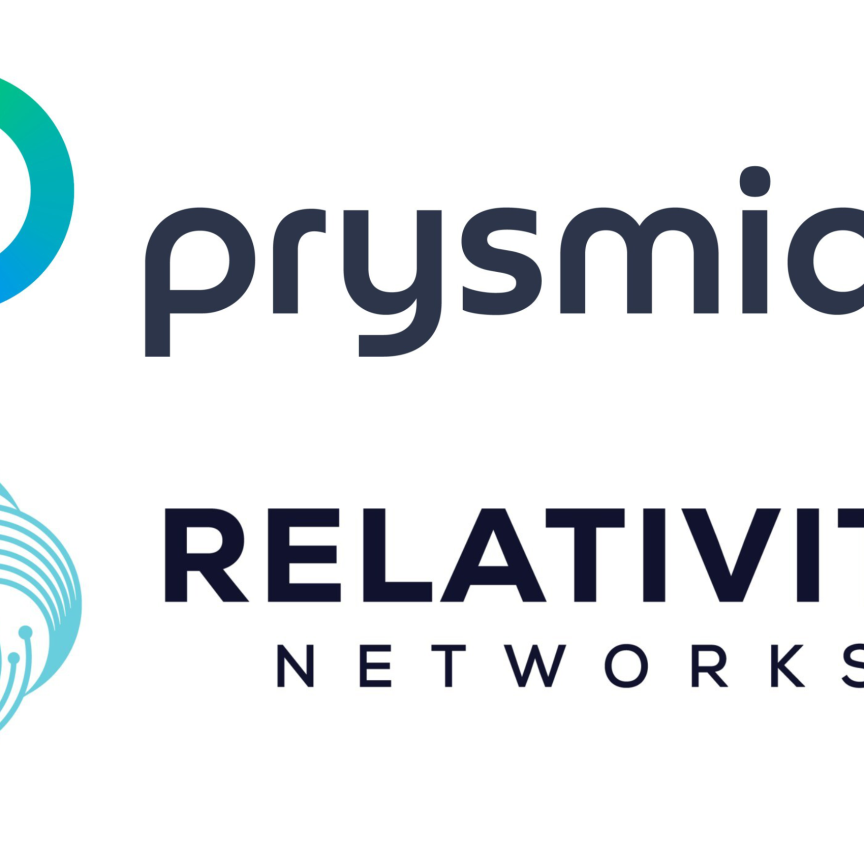Improving optical fibres for compact, stable and cost-effective visible sources of laser light with wavelength conversion and pulse gating functions is the goal of a three-year European research project that began in September.
The European Commission-funded project is called Charming and covers a range of competences including semiconductor laser and gain-switched diodes, fluorescence imaging, micro-structured and periodically poled fibres, pulse-gating fibre devices and fibre packaging. Various innovative approaches will be investigated to convert this technology into potential products. Of particular interest is the use of micro-structured optical fibres. The new fibre visible light lasers will be applied to fluorescence spectroscopy and high resolution confocal microscopy systems.
Fluorescence lifetime imaging microscopy, stimulated emission depletion and time-resolved spectroscopy are applications demanding high quality laser sources. As samples are getting more and more complex, researchers in life sciences want to label several components in parallel, requiring several excitation colours and detection channels simultaneously. Most common fluorescence dyes and quantum dots can be excited between 405 and 700nm. There are many laser diodes between 400nm and 515nm and 630nm to 700nm. But there is a big gap between 515nm and 630nm, which could be nicely filled with the technology developed through Charming.
In STED microscopy, which is a point scanning technique with much improved spatial resolution compared to standard confocal microscopy, a doughnut-like laser focus is used to deplete fluorophores excited by another laser to the ground state except in the centre of the ring illumination, thereby reducing the spot size of the fluorescent probe volume. For the doughnut-like laser focus beam, higher energies are needed for efficient depletion which finally defines the spatial resolution. Therefore high-power sources, especially at 590nm and 770nm and beyond, are needed as there are many fluorescent proteins that emit in this spectral range.
Beside fluorescence intensity and spectra, the excited state lifetime of a fluorescent molecule is a very valuable parameter to gain more information in imaging. While standard microscopes working with continuous wave lasers just exploit the spectral and intensity information, pulsed lasers also allow the fluorescence lifetime of the fluorophores to be easily determined, as used in fluorescence resonance energy transfer studies.
Typically fluorescence lifetimes of organic molecules are in the range of one to 5ns. As the precise determination of the fluorescence lifetime requires a temporal spacing between subsequent laser pulses of about five to 10 times the life time, a variable laser repetition rate of between one to 80MHz is needed. Users could work with a 1MHz repetition rate all the time, but in that case the acquisition time per image would be in the range of one hour. That would be a fundamental drawback for living biological samples. The pulse width to excite these molecules should be typically about 10 times shorter than the lifetime to monitor all the small changes with a high precision.
Using new pulsed lasers with visible wavelengths would enable routine fluorescence lifetime measurements in a spectral range that is usually not easily accessible. Pulsed lasers in this spectral range are usually extremely expensive.
At the moment it is difficult, due to the lack of appropriate and affordable laser sources, to examine samples using the spectral gap between 515nm and 630nm. The new lasers developed in Charming will make multi-colour in-vivo measurements more reliable, where crosstalk always results in difficulties to determine the right interaction levels between proteins.
The time-resolved fluorescence community, which ranges from biologists to physicists, is eagerly awaiting any new laser wavelength, because the list of available useful fluorophores with absorption from UV to near-infrared is very long. Compact and economically priced lasers have already caused a small revolution in the field. Filling the spectral gaps where gain switched diode lasers cannot emit directly would accelerate research in this field even further.
Today, the most common approaches consist of using IR pulsed sources associated with Second Harmonic Generation (SHG) crystals. This approach has several drawbacks such as the critical alignment, beam pointing variations and the need for fibre coupling for beam delivery. New functions, fully integrated into fibre, will be developed like wavelength conversion and pulse gating. Periodically poled fibre devices for SHG have been proven at laboratory scale by three of the project partners, the University of Southampton’s Optoelectronics Research Centre (ORC), Russia’s Forc and the project coordinator Multitel, which is based in Belgium. Various innovative approaches will be investigated to convert this promising technology into potential products.
Pulse gating has also already been demonstrated by Multitel and Swedish project participant Acreo. These functions will be developed to demonstrate efficient all-fibre visible lasers covering the whole visible wavelength range for time-resolved fluorescence imaging applications. The developed lasers will be tested in fluorescence imaging systems. Charming’s consortium consists of seven partners from six countries. As well as ORC, Forc, Acreo and Multitel the other three participants are Germany’s Nanoplus and Picoquant and France’s Ixfiber.


